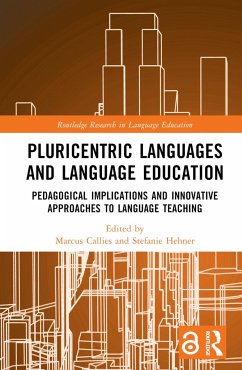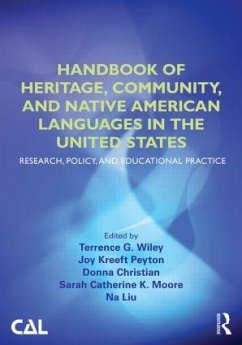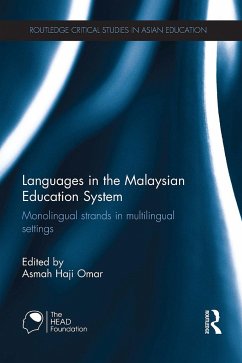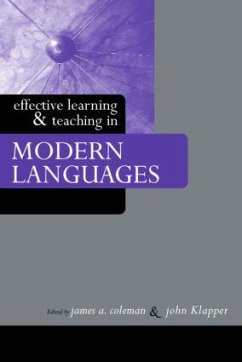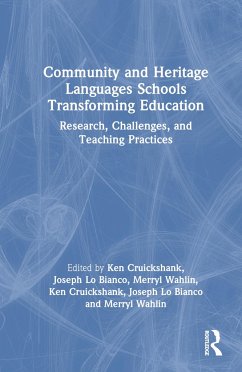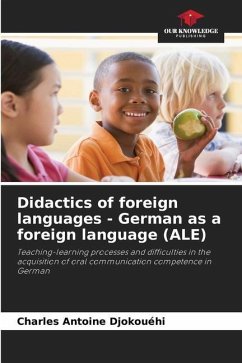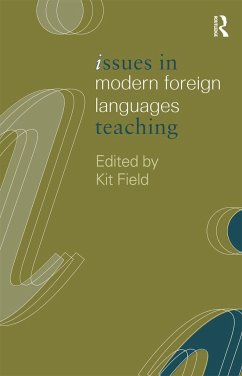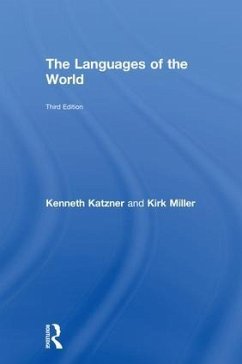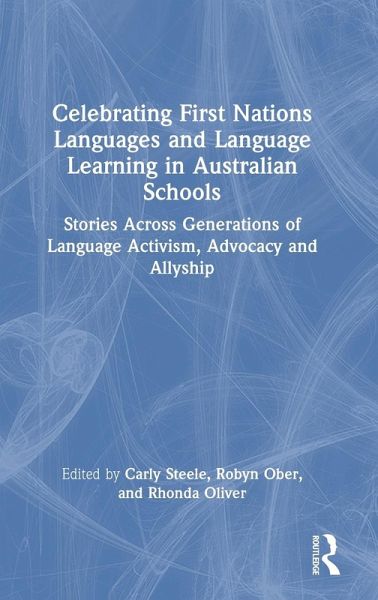
Celebrating First Nations Languages and Language Learning in Australian Schools
Stories Across Generations of Language Activism, Advocacy and Allyship
Herausgeber: Steele, Carly; Oliver, Rhonda; Ober, Robyn
Versandkostenfrei!
Versandfertig in 1-2 Wochen
179,99 €
inkl. MwSt.
Weitere Ausgaben:

PAYBACK Punkte
90 °P sammeln!
This book introduces key underlying principles for teaching First Nations languages and language learners in schools across a range of contexts. It takes a comprehensive approach covering traditional languages, new languages and English.






